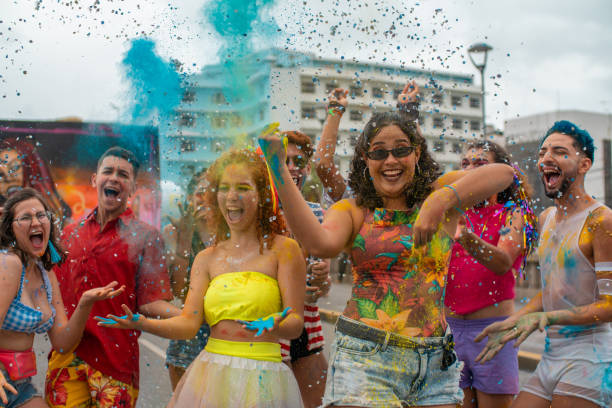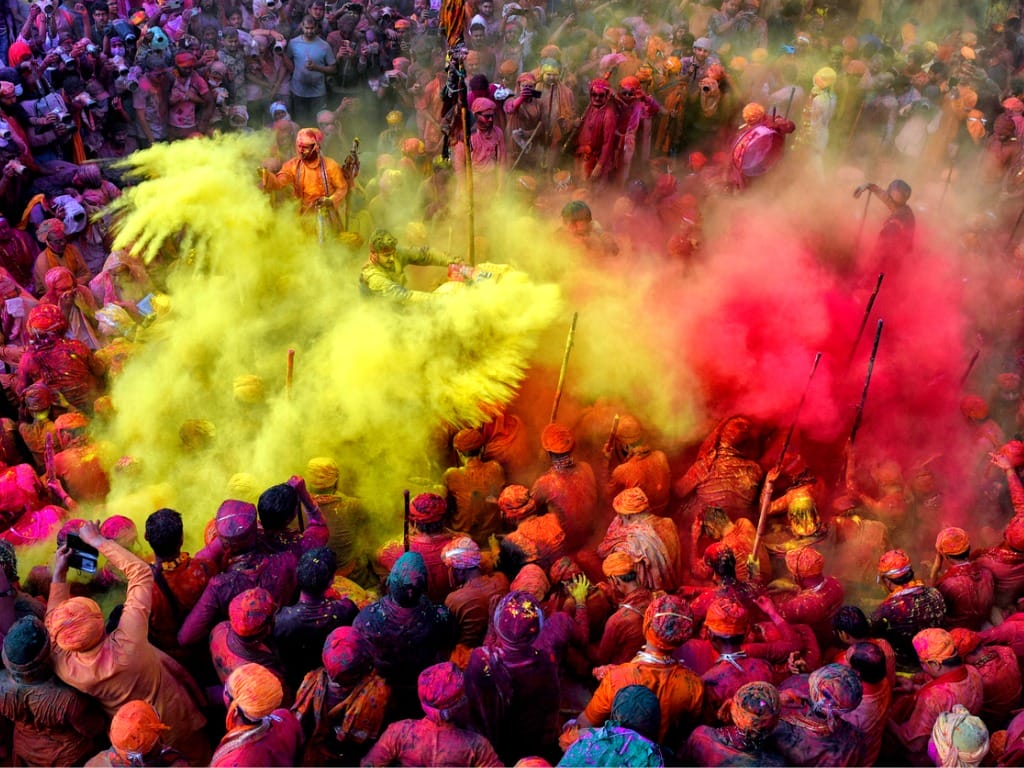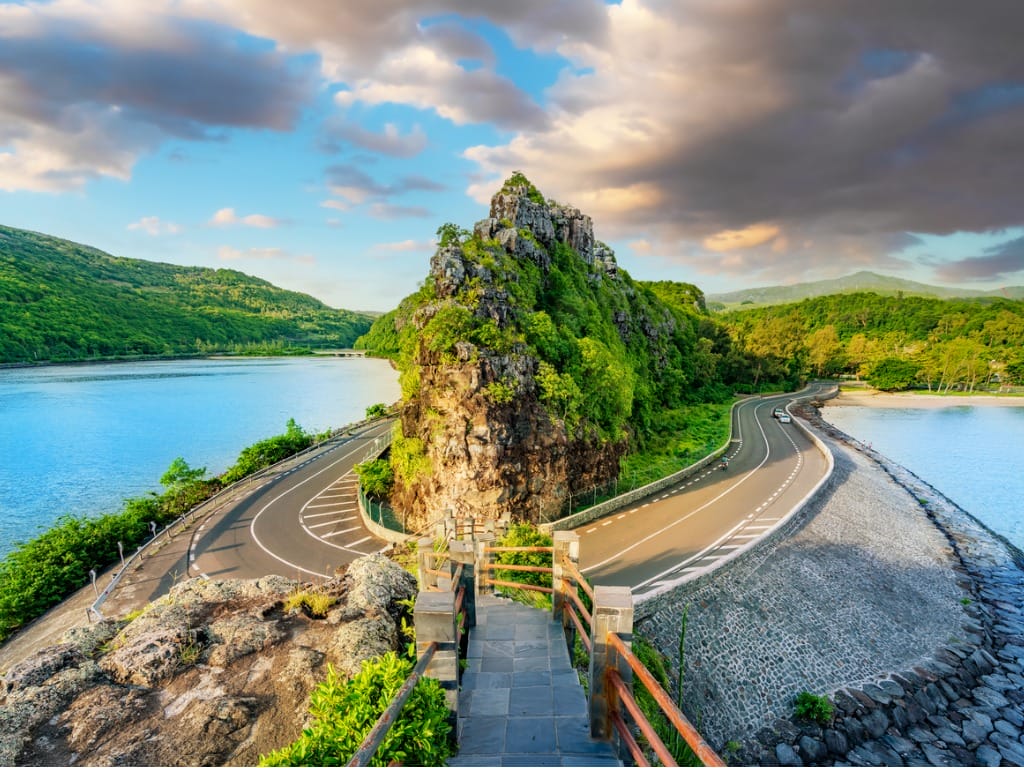Holi, also known as the Festival of Colors, is one of the most vibrant and joyous celebrations in India. This ancient Hindu festival marks the arrival of spring and the triumph of good over evil. It is celebrated with great enthusiasm and fervor by people of all ages across the country. From the historical roots to the cultural impact, and from the rituals to the food, Holi is an event filled with traditions and excitement. In this guide, we will take you on a journey through the various aspects of Holi, providing insights and tips to fully enjoy this magnificent festival.

The Historical Roots of Holi
One of the most prominent legends associated with Holi is the story of Prahlada and Hiranyakashipu. Prahlada, a devotee of Lord Vishnu, was rescued from the clutches of his evil father Hiranyakashipu, who tried to kill him due to his devotion. Holi celebrates the triumph of Prahlada’s devotion and the destruction of evil forces.
The legend of Prahlada teaches us the importance of unwavering faith and the ultimate victory of good over evil. It serves as a reminder that no matter how powerful darkness may seem, light will always prevail.
Another popular tale is the playful antics of Lord Krishna, an embodiment of love and mischief. Krishna, known for his love for Radha, is believed to have playfully sprayed vibrant colored powders (gulal) on Radha and other gopis (cowherd girls) in the village of Vrindavan. This playful act gave birth to the tradition of Rangwali Holi.
The story of Krishna and the gopis symbolizes the pure and innocent love that exists between friends and lovers. It reminds us to cherish the bonds we share with our loved ones and to celebrate the joyous moments of life.
The Spiritual Meaning of Holi
Beyond its historical significance, Holi also holds spiritual connotations. It signifies the arrival of spring and the blossoming of new beginnings. The vibrant colors used during the festival represent the various hues of life, reminding us to embrace diversity and spread love and happiness.
Holi is a time to let go of past grievances and start afresh. It is a time to forgive and forget, to mend broken relationships, and to embrace the beauty of unity and harmony. The festival encourages people to leave behind the darkness of winter and step into the light of a new season filled with hope and positivity.
During Holi, people come together to celebrate the triumph of good over evil, the arrival of spring, and the power of love and friendship. It is a time to immerse oneself in the joyous atmosphere, dance to traditional music, indulge in delicious sweets, and, of course, play with colors.
As the colors of Holi fill the air, they bring with them a sense of joy, laughter, and camaraderie. The festival breaks down barriers and brings people from all walks of life together, reminding us of the inherent unity that exists among humanity.
So, as you celebrate Holi, remember the rich history and spiritual significance behind this vibrant festival. Embrace the colors, spread love and happiness, and let the spirit of Holi fill your heart with joy and positivity.

The Ritual of Holika Dahan
Holi typically begins with the ritual of Holika Dahan, also known as Chhoti Holi. This ritual involves lighting a bonfire to commemorate the tale of Prahlada’s miraculous escape from Holika, the evil aunt who tried to burn him alive. People gather around the bonfire, singing songs and offering prayers, while bidding farewell to winter and welcoming spring.
The Colorful Celebration of Rangwali Holi
The highlight of Holi is undoubtedly the colorful celebration of Rangwali Holi. This is when people come together and play with vibrant colored powders, water guns, and water balloons. Streets and public spaces turn into a canvas of joy and merriment as people chase each other, smearing colors on faces and clothing. It’s a time for laughter, dance, and unrestrained celebration.
Holi in Indian Cinema and Music
Holi has been a favorite theme in Indian cinema, with numerous Bollywood movies featuring vibrant Holi songs and dance sequences. Popular songs like “Rang Barse” from the movie Silsila and “Balam Pichkari” from the movie Yeh Jawaani Hai Deewani have become synonymous with Holi celebrations in India.
Additionally, Holi-inspired music festivals and events have gained popularity worldwide. One such example is the Holi Festival of Colors, which originated in India and is now celebrated in various countries.
Holi Celebrations Around the World
Holi’s exuberant spirit and vibrant colors have caught the attention of people worldwide. Many countries now embrace Holi by organizing community events and celebrations. Cities like London, New York, and Sydney witness grand Holi parades and festivals that attract people from different cultures to partake in the festivities.
Safety Tips for Holi
Holi colors come in various forms, including synthetic and chemical-based variations. To protect your skin and eyes, it is advisable to use natural and eco-friendly colors. Apply oil or moisturizer on your skin to create a protective barrier and wear sunglasses to shield your eyes from color powder particles.
Making Eco-Friendly Holi Colors at Home
Creating your own eco-friendly Holi colors is not only fun but also eco-conscious. You can make natural color powders at home using ingredients like turmeric, henna, and flower petals. These homemade colors are safe for the environment and skin, giving you a guilt-free Holi experience.

The Food and Drinks of Holi
No festival in India is complete without indulging in delicious food and drinks, and Holi is no exception. Traditional Holi delicacies and refreshing beverages play a significant role in enhancing the festive atmosphere.
During Holi, people relish a variety of scrumptious sweets and savory snacks. Some popular traditional Holi delicacies include gujiya, a sweet dumpling filled with a mixture of khoya, dried fruits, and nuts; bhang pakoras, fritters made with a special cannabis-infused ingredient known as bhang; and thandai, a refreshing drink made with a blend of dry fruits, spices, and milk.
The Importance of Thandai in Holi Celebrations
Thandai holds a special place in Holi celebrations. As a cooling and energizing beverage, it helps counter the effects of playing with colors under the scorching sun. Thandai is traditionally prepared by soaking a mixture of almonds, fennel seeds, rose petals, poppy seeds, and melon seeds overnight. The strained milk is then blended with sugar, cardamom, and saffron to create a delightful drink that rejuvenates the body and soul.
A truly colorful celebration, Holi helps to remind us of the perpetual struggle of good vs. evil, but in a fun way.



